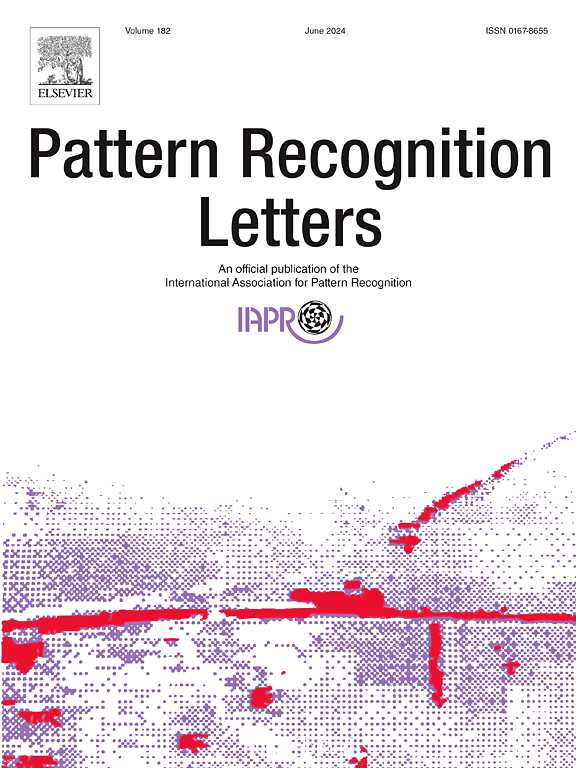CF-FFP:一种从粗到精的快速滤波剪枝框架
IF 3.3
3区 计算机科学
Q2 COMPUTER SCIENCE, ARTIFICIAL INTELLIGENCE
引用次数: 0
摘要
传统的剪枝模式通常在识别和去除过滤器的同时确定被剪枝网络结构,需要迭代剪枝和微调,这需要大量的时间和计算成本。此外,现有的方法过分强调单个滤波器的重要性,而忽略了对整体网络结构的优化,导致性能下降。本文提出了一种新的粗精快速滤波剪枝(CF-FFP)框架,该框架将传统的剪枝范式分解为两个离线学习阶段,以实现快速有效的模型压缩。具体而言,基于权值的重要性粗略确定修剪后的网络结构,并提出一种自适应平衡策略来解决各层修剪率差异较大的问题。然后,提出一种双冗余筛选准则,根据冗余滤波器的相似度和贡献度对其进行精细识别和剪枝,从而初始化剪枝后的网络结构。CF-FFP采用了由粗到细的两阶段离线剪枝过程,大大缩短了剪枝推理时间。大量的实验表明,我们的方法在CIFAR-10和ImageNet数据集上优于最先进的方法。例如,CF-FFP在ImageNet数据集上减少了ResNet50 51.2%的FLOPs,而Top-1的准确率仅下降了0.67%。本文章由计算机程序翻译,如有差异,请以英文原文为准。
CF-FFP: A Coarse-to-Fine Fast Filter Pruning framework
Conventional pruning paradigm typically determines the pruned network structure while identifying and removing filters, requiring iterative pruning and fine-tuning, which incurs substantial time and computational costs. Moreover, existing methods overly emphasize the importance of individual filters while neglecting the optimization of the overall network structure, resulting in performance degradation. In this letter, a new Coarse-to-Fine Fast Filter Pruning (CF-FFP) framework is proposed, which decomposes the conventional pruning paradigm into two offline learning stages to achieve fast and efficient model compression. Specifically, the pruned network structure is coarsely determined based on the importance of weights, and an adaptive balancing strategy is proposed to address the issue of significant pruning rate differences across layers. Then, a dual redundancy screening criterion is proposed to finely identify and prune redundant filters based on their similarity and contribution, thereby initializing the pruned network structure. Thanks to CF-FFP’s two-stage offline pruning process, which progresses from coarse to fine, the pruning inference time is significantly reduced. Extensive experiments show that our method outperforms the state-of-the-art methods on CIFAR-10 and ImageNet datasets. For instance, CF-FFP prunes 51.2% FLOPs of ResNet50 on the ImageNet dataset with only 0.67% drop in Top-1 accuracy.
求助全文
通过发布文献求助,成功后即可免费获取论文全文。
去求助
来源期刊

Pattern Recognition Letters
工程技术-计算机:人工智能
CiteScore
12.40
自引率
5.90%
发文量
287
审稿时长
9.1 months
期刊介绍:
Pattern Recognition Letters aims at rapid publication of concise articles of a broad interest in pattern recognition.
Subject areas include all the current fields of interest represented by the Technical Committees of the International Association of Pattern Recognition, and other developing themes involving learning and recognition.
 求助内容:
求助内容: 应助结果提醒方式:
应助结果提醒方式:


